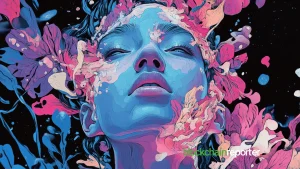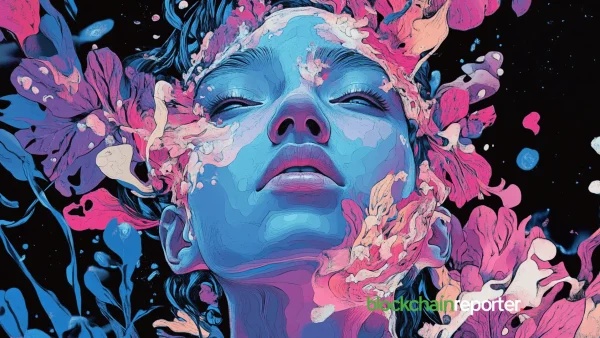
The abbreviation of ‘NFT’ tops a shortlist also including pingdemic, climate anxiety and Metaverse.
In a year that has seen the musician Grimes sell a collection of digital artworks for almost $6m (£4.4m), and the original photo behind the 2005 Disaster Girl meme go for $473,000 (£354,000), Collins Dictionary has made NFT its word of the year.
The abbreviation of non-fungible token has seen a “meteoric” rise in usage over the last year, said Collins, up 11,000% in the last year. Any digital creation can become an NFT, with the term referring to a certificate of ownership, registered on a blockchain, or digital ledger of transactions. The most valuable NFT to date is a collage by digital artist Beeple, which sold for £50.3m at Christie’s in March.
“Whether the NFT will have a lasting influence is yet to be determined, but its sudden presence in conversations around the world makes it very clearly our Word of the Year,” the dictionary said.
“It’s unusual for an abbreviation to experience such a meteoric rise in usage, but the data we have from the Collins Corpus reflects the remarkable ascendancy of the NFT in 2021,” said Collins Learning managing director Alex Beecroft. “NFTs seem to be everywhere, from the arts sections to the financial pages and in galleries and auction houses and across social media platforms. Whether the NFT will have a lasting influence is yet to be determined, but its sudden presence in conversations around the world makes it very clearly our word of the year.”
Combined whole gross sales for collectible and artwork NFTs surpassed $7.4 billion as of This autumn 2021. For comparability, artwork and collectable gross sales recorded $17.8 million and $55.5 million respectively at the beginning of this year, figures which appears incomprehensible in at present’s flourishing market.









